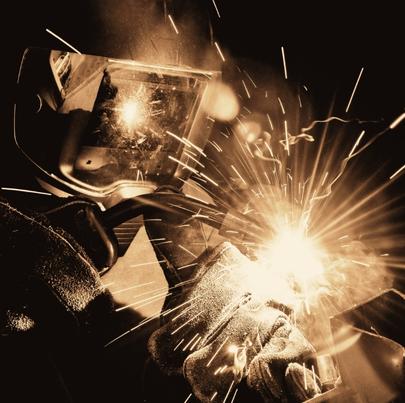The sudden release of explosive energy from an arc flash can toss an adult man across a room like a rag doll, causing serious injury or death.

What Causes Workplace Arc Flash Accidents?
An arc flash can occur when energized electrical conductors or circuit parts are exposed and electric current flows through the air gap between conductors. If a test probe touches the wrong surface or a worker does not follow proper testing procedures, an arc flash can create a sudden explosion with intense heat that is hot enough to vaporize metal and throw a worker across the room with great force. The heat from an arc flash produces temperatures that are four times hotter than the sun. Temperatures are high enough to turn solid conductors into vapors, and the sound blast from the explosion is great enough to knock down construction walls.
Most workplace arc flash accidents are caused when a worker drops a tool while testing equipment, but they can also occur from equipment failure, sparks from breaks in the insulation, dust or corrosion on the surface of the conductor, improper conductor installation, and normal wear and tear on equipment. Workplace arc flash accidents cause many on-the-job injuries and fatalities. If a worker survives the injuries, he/she is often left with long-time or permanent disabilities. An arc flash can result in very serious injuries including:
- Severe skin burns
- Shrapnel wounds from flying metal debris
- Eyesight damage from burned corneas
- Hearing loss from ruptured eardrums
- Brain damage and memory loss
- Shock and/or electrocution
Short circuits and arc faults pose extreme injury risks for workers, so only trained, professionals should perform work on energized electrical equipment in the workplace. Safety precautions must be taken by wearing proper protective equipment (PPE) at all times. Arc flashes often occur during testing when a worker is checking to see if equipment has been de-energized, only to find out that it has not. Wearing arc flash PPE while testing electrical equipment can mean the difference between life and death for a worker.
Employers and workers should regularly inspect arc flash PPE equipment for safety. Protective clothing should go through testing to make sure that it is properly arc flash rated for fire-resistance. Arc flash gloves should go through pinhole testing before every use. Even the smallest pinhole can create a pathway for electricity to reach a worker’s body. Safe equipment is essential for workers.







